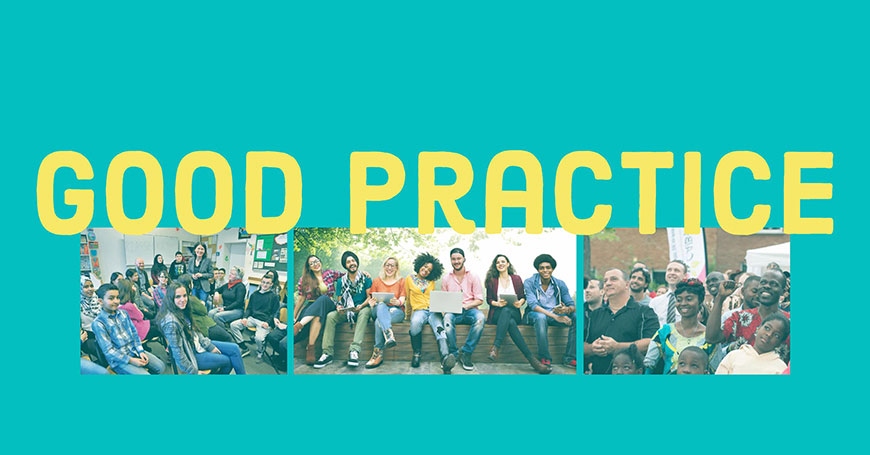Intercultural cities: good practice examples

The first step is the adoption (and implementation) of strategies that facilitate positive intercultural encounters and exchanges, and promote equal and active participation of residents and communities in the development of the city, thus responding to the needs of a diverse population. The Intercultural integration policy model is based on extensive research evidence, on a range of international legal instruments, and on the collective input of the cities member of the Intercultural Cities programme that share their good practice examples on how to better manage diversity, address possible conflicts, and benefit from the diversity advantage.
This section offers examples of intercultural approaches that facilitate the development and implementation of intercultural strategies.
House of Peace and Human Rights
Purpose: The House of Peace and Human Rights aims at disseminating the culture of peace, the promotion of human rights, peace processes and the recovery of historical memory. It does so in...
Intercultural Museum
Purpose: The aim of the museum is to exhibit and tell the history of diversity in Norway, conceptualizing the museum as a space of dialogue that involves as wide and diverse a range of people as...
Maio - Diálogo Intercultura / May Intercultural Dialogue
Purpose: May – Intercultural Dialogue is affirmed in Setúbal as a moment of sharing and joint work, with the aim of promoting intercultural dialogue and coexistence, through the promotion of...


